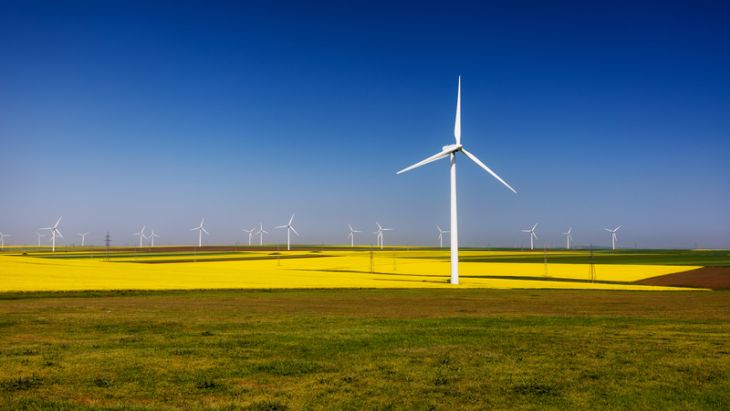The Decision (here in RO) lays down the general legal framework governing the implementation and operation of the support mechanism through contracts for difference for energy production using low carbon technologies.
Eligible electricity generation technologies are those using: onshore or offshore wind, solar photovoltaic, hydro, nuclear, hydrogen and energy storage resources. The eligibility criteria that the applicant and the project must cumulatively meet in order to participate in the relevant CfD scheme are to be specified in a CfD Ministerial Order and detailed in a CfD Tender Opening Order. It is not explicit, but it seems that the mechanism obliges the use of only one technology in a project, which prevents the qualification of hybrid projects (solar, wind, storage, etc.) that promise higher economic returns by smoothing the production curve and more flexibility in market behaviour.
The legislative framework will allow for ad-hoc CfD aid to be granted for electricity generation projects where a competitive selection process cannot be applied. “The terms and conditions of the ad-hoc CfD contracts will be determined by direct negotiation and are subject to the European Commission’s state aid clearance decision after notification of the ad-hoc CfD state aid.”
An important provision is that “beneficiaries shall not receive payment for the CfD difference for the quantity of electricity delivered to the NES in the settlement intervals of any period in which the reference price corresponding to that production is negative”. This limitation is most likely a precautionary measure to limit the authorities’ exposure to the level of CfD difference payments. It also prevents the stimulation of electricity generation under non-commercial conditions (a situation of oversupply or periods of very low demand). At the same time, this limitation seems to be a problem for intermittent renewable generators, who already face hourly intervals of negative prices when all installed capacities simultaneously produce much more than the instantaneous consumption needs. It remains to be seen to what extent this limitation will drive away potential investors interested in the CfD mechanism or encourage them to include technological solutions aimed at flattening the energy injection curve into the grid.
The European Commission has approved Romania’s contract funding scheme for difference, with a first fund of 3 billion euros for 5,000 MW of solar and wind energy projects.
An Annex to the draft Government Decision includes the Contract for Difference (here in RO) detailing the conditions of application of the mechanism for difference.
Warranty of proper execution
The aid provided for in the contract is to be applied for 15 years from the commissioning of the production capacity or less if the deadline for the start of commercial operation is exceeded. For the situation where a developer wins the CfD tender but does not commission the production capacity to which it has committed, the draft decision refers to the obligation of a “warranty of proper execution […] in order to ensure compliance by the CfD beneficiary with certain essential obligations laid down in the CfD contract”. The warranty of proper execution will be paid 15 days after signature of the contract in an amount (euro/kW, expressed in RON, at the BNR exchange rate of that day) to be fixed in the tender.
In addition, during the development, construction and operation of electricity generation capacity under the CfD scheme, the generator “shall provide the CfD Counterparty (OPCOM SA) with quarterly progress reports on the fulfilment of the conditions for the establishment of the payment start date” and shall inform within a maximum of three days of “any fact, matter or circumstance which will or is likely to prevent the fulfilment of any of the conditions for the establishment of the payment start date by the target commissioning date or by the commercial operation start date”.
The support scheme as approved by the European Commission foresees two rounds of tenders, in 2024 (first tender of 2 GW – consisting of 1 GW solar and 1 GW wind) and 2025 (the remaining 3 GW in the second tender, comprising 1.5 GW wind and 1.5 GW solar). The mechanism will be financed from the Modernisation Fund to reduce the impact on consumers. However, the draft decision on the Contracts for Difference support mechanism also refers to the “CfD contribution”, i.e. an amount expressed in RON/MWh, paid by final consumers, collected by electricity suppliers active on the Romanian retail electricity market and transferred to the CfD liquidity fund.
